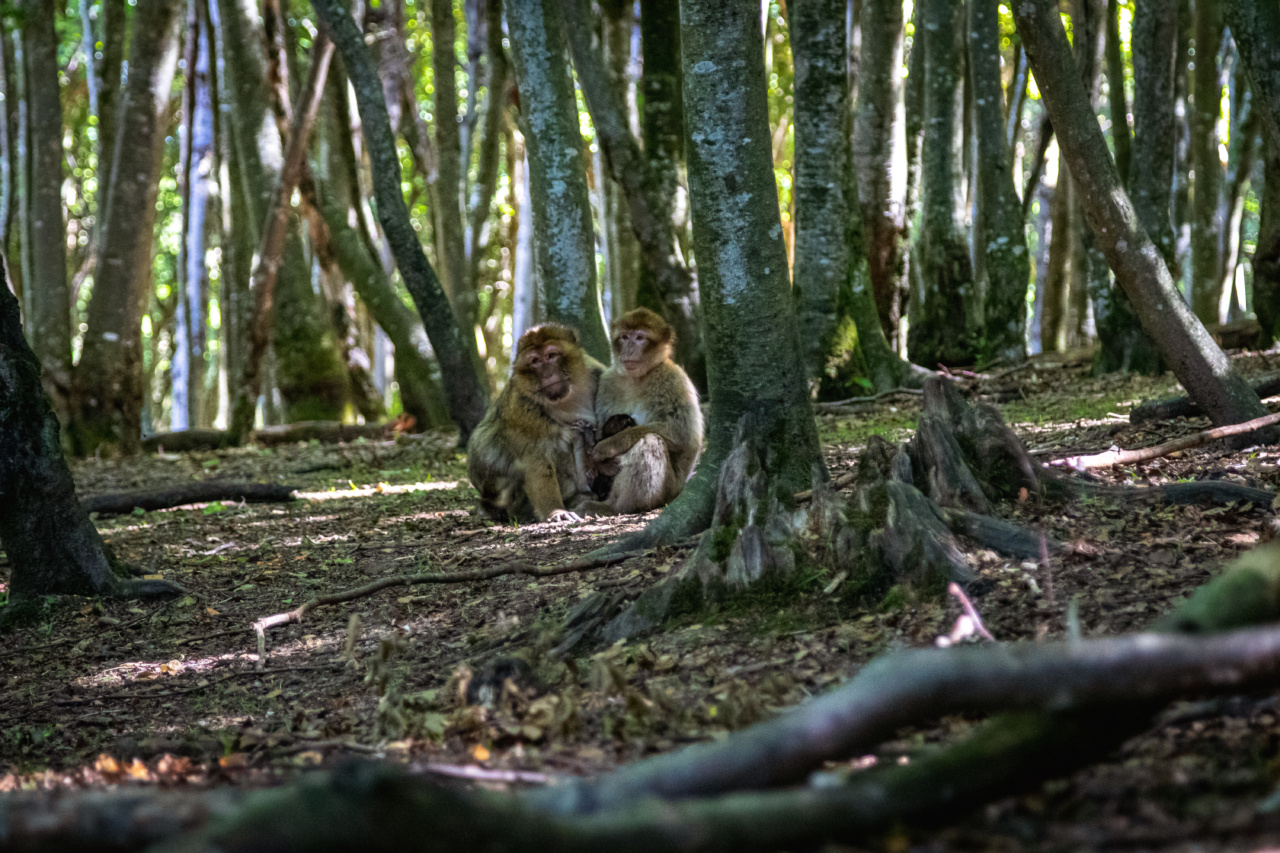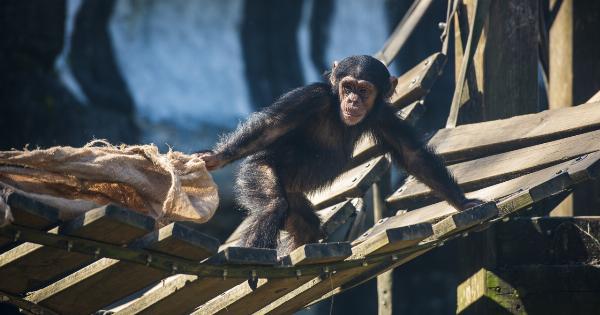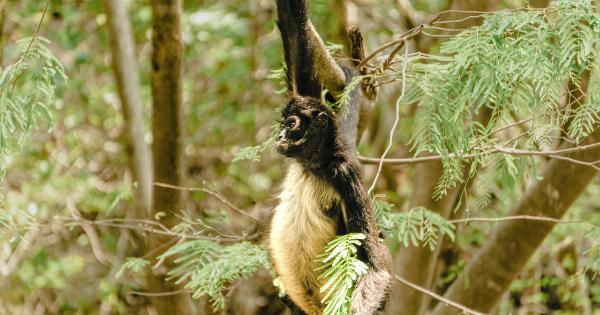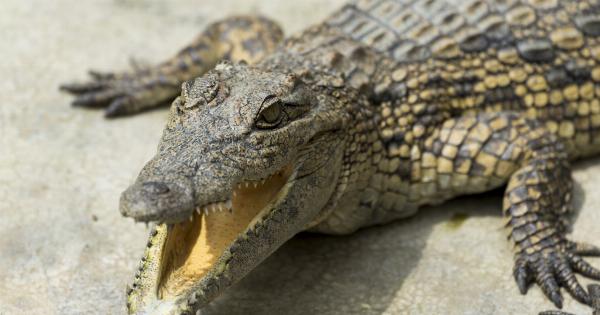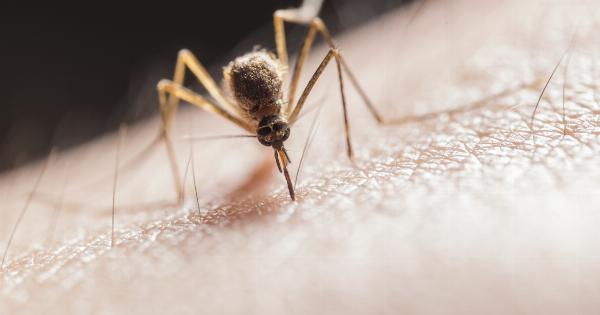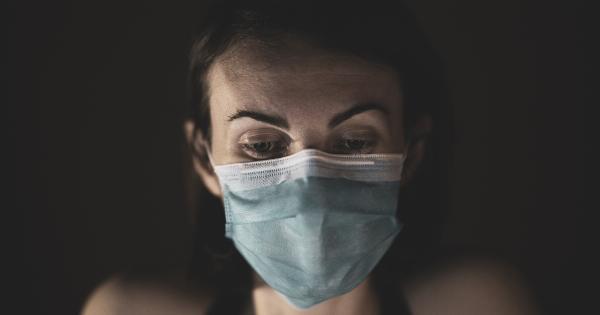In a recent development, it has been reported that monkeys in Brazil have been infected once again.
These monkeys have been infected by yellow fever and scientists are worried that the virus may continue to spread, affecting other animals as well as humans.
Outbreaks of Yellow Fever
Yellow fever is a viral disease that has caused many outbreaks in Brazil in recent years. The virus is mostly spread by mosquitoes and is known to primarily affect monkeys.
The disease is also dangerous for humans, as it can cause serious illness and death.
The first cases of yellow fever in Brazil were reported in January 2017. Since then, reports have continued to come in, with the most recent outbreak happening in January 2019.
The Brazilian government has been working closely with international health organizations to contain the disease and prevent it from spreading outside the country.
The Threat to Monkeys
Monkeys are some of the most affected by yellow fever, with many of them dying from the disease. Scientists fear that the virus may wipe out entire populations of monkeys and other animals that depend on them for survival.
Monkeys play an important ecological role. They are important seed dispersers, help regenerate forest areas, and control insect populations. Without monkeys, ecosystems may collapse.
Efforts to Control the Spread of Yellow Fever
To help prevent the spread of yellow fever, officials in Brazil have been working hard to vaccinate people and monkeys in the affected areas.
They have also been monitoring the mosquito population, spraying insecticides, and educating the public about how to protect themselves from the virus.
Yellow fever vaccination is highly recommended for people living or traveling to Brazil. The vaccine is safe and effective, and provides long-lasting protection against the disease.
Future Concerns
Despite efforts to control the spread of yellow fever, scientists remain concerned about the future. Climate change and deforestation are likely to contribute to the spread of the virus and may make outbreaks more common and more severe.
In the long term, it is important that we continue to invest in research to better understand the disease and how it spreads. We also need to prioritize efforts to protect the environment and prevent deforestation.
The Bottom Line
Yellow fever continues to be a major concern in Brazil and around the world. Monkeys, in particular, are at risk and efforts must be taken to protect them.
We all have a role to play in preventing the spread of the virus, whether it’s getting vaccinated or protecting the environment. Only by working together can we hope to control this deadly disease.
